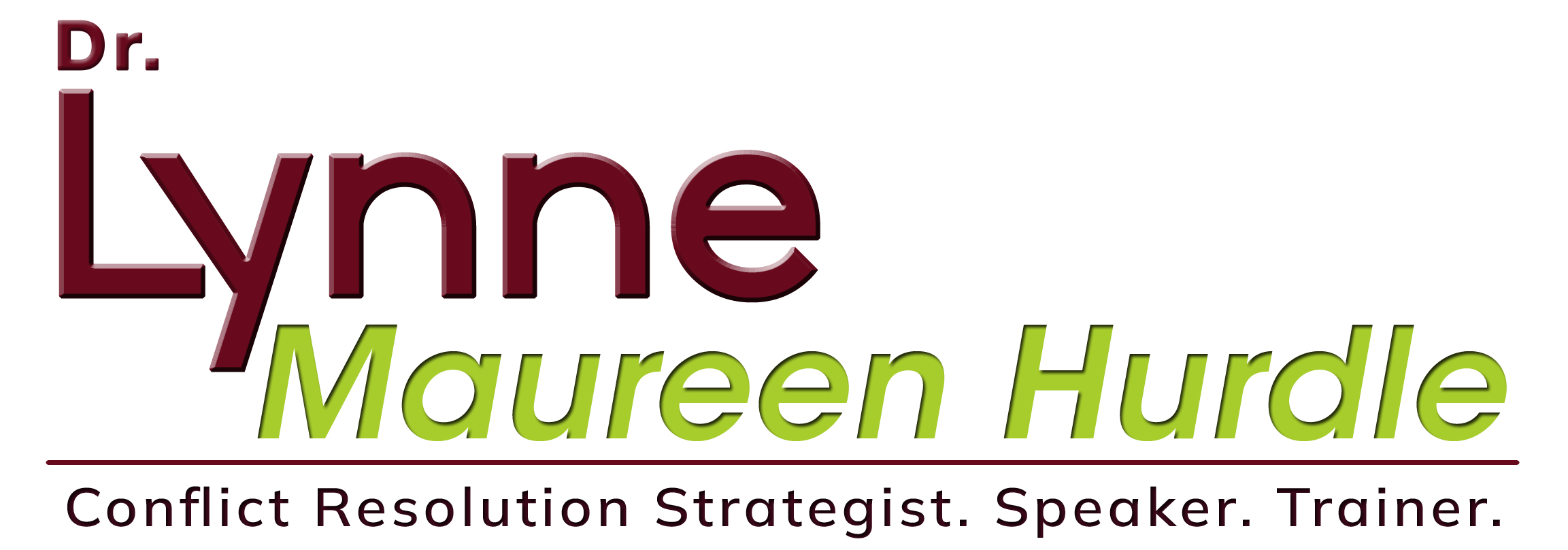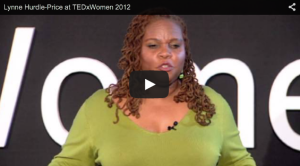It’s all about the Con
We all know that the word Conflict alone projects negativity for the majority of us, especially as leaders and parents. Even though we know that conflict managed well can be productive, healthy and even transformational.
Nobody, and I mean NOBODY, is looking forward to conflict. The word itself is a setup. Con suggests something is wrong or there’s a downside of things or you’re being cheated/conned and it brings up images of chaos and unhappiness in our minds.
Dr. Brene Brown, shame expert talks about the narratives we create in our heads, those imaginative stories as to why someone did what they did to us, said what they said to us, what they meant by their look or the silent stare they gave. Most of the time these narratives turn out to be products of our active imaginations running off of our past experiences with someone other than the person in front of us.
They stem from past conflicts, which for many of us carry strong emphasis on the word Con. They also stem from another con word and that is Construct. Our thoughts, images and feelings around conflict were constructed for us early on in our lives by the people who raised, nurtured and/or shaped us. They in large numbers passed down the negative perspective of conflict and the impact has followed us all.
How often do we let the made-up narratives, negative messages and bad feelings take over and make conflict turn into a negative experience for us?
As a performer and writer, I often make up stories in my head about people just to have a little imaginary fun. Once when I was in the middle of a heated disagreement with a manager in a retail store, I started to imagine that she was my direct report and that I had been observing this conflict and was here to let her know about her unprofessional behavior that matched her rude personality. Of course in my head, I fired her on the spot and lived happily ever after. But in real life, I chose a technique I use which is to turn conflict into proflicks. Let the running story in our head be framed in the positive, making our thoughts not of the worst scenarios, but of the best. So, the pro is the good stuff and the flicks are the pictures we can create of them in our minds and we use this to encourage ourselves to engage in real communication and fearless conversation.
In this situation, I started to imagine that she was a nice person who for some reason was not having her best day. I thought about this conversation turning into a less heated discussion that turns out well. This points to the importance of allowing for about a 30 second pause in the conversation in order to reframe the scenario with a proflick. I did all that and it actually changed the way I communicated with her, less talking, more listening, less judging, more considering , clarifying and then responding. I did a great job in presenting myself as a skilled communicator. I was proud, she was less moved, but not anywhere as rude as she had been. She could see my point, but wasn’t budging and I was happy for the practice of approaching this as a conversation and not a battle to be won or lost.
This interaction set me up to be even more confident during the next difficult conversation that I had to have. By changing the negative narrative to a positive picture, I pushed past the construct I was given and changed the way I engaged and my perspective on the outcome.
Proflicks is one technique we can use to take a new approach to conflict.
It helps us to develop an awareness of the 3 things that we must consider in order to take a new approach to conflict:
- Construct. Recognize that our view of conflict is a construct which was built and shaped for us early on in our lives. If those who raised and shaped us ran away from, avoided at all costs or screamed or hit their way through conflict then the negative construct was put deeply in place.
- Deconstruct. If something can be constructed it can be deconstructed. We can take it apart little by little. First, by acknowledging the construct and then beginning to loosen its effects on us. Imagine that conflict was framed for you as the opportunity to engage in conversation with someone who has a different perspective than you do.
- Reconstruct. Reconstruction is possible. Think about someone or something that you had a negative impression about before you got to know them or tried the thing out. As your opinion changed, you realized you were seeing them/it in a new light. That same possibility is there for conflict. You can begin to reconstruct it by starting to change your approach.
Make this the year that you become the powerful leader that you are meant to be by learning a new approach to conflict with these three words:
Construct, Deconstruct and Reconstruct.
Let’s start building that new outlook right here together.
In Love,
Dr. Lynne





